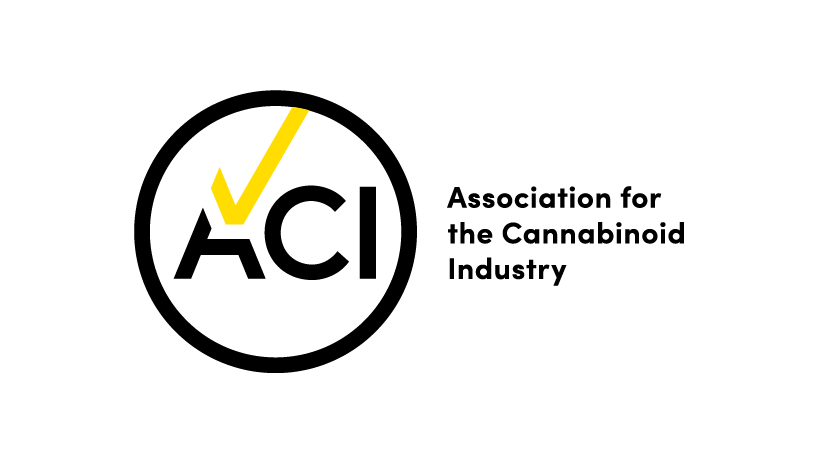The ACI have received clarification from the FSA on several points concerning novel foods dossier applications that have been raised by our members.
Please see below these questions and FSA responses.
ACI Question: The FSA will not require a novel food submission for each individual finished food product, is this correct? Obviously, the finished product manufacturer is making their product, as per the novel foods dossier submitted by the CBD ingredient supplier.
FSA Response: All finished products need to be covered by a validated novel food application.
However, several products may fall within the scope of a single application. What’s needed is that the finished product is made with the applied for substance (e.g. a CBD extract made by x manufacturer), and that the end use / presentation of the finished products is within the ‘uses’ identified by the application (e.g. as a 5% CBD extract in oil).
It is also worth commenting that bioavailability in different foodstuffs may help support their application. All data/studies etc. need to relate to your specific product or one that is produced in exactly the same way with the same specification ranges, same raw ingredients from the same place etc.
ACI Question: Assuming the above is correct, the FSA does not require a novel food submission for each individual food product, are the following approaches acceptable?
- ACI Question: Food products must utilise a CBD ingredient (isolate or extract) with a novel food application that is validated by March 31, 2020.
FSA Response: Yes they must fall within scope of a validated application. The exception is products that are new to the market after our announcement; in which case they must have authorisation before being placed on the market. Also to note – the date for validated applications is 31 March 2021. - ACI Question: The food category for the food product should be included in the ingredient manufacturer’s novel food application.
FSA Response: Yes – it must be within scope of the ‘uses’ in the application. As above, where it’s new to the market then full authorisation is needed before marketing. - ACI Question: The food product should be manufactured to prevent degradation of CBD and should be free from contaminants. Controls should be in place by the food product manufacturer.
FSA Response: The CBD products must be within the specification of the application, and as such there will be minimum / maximum levels (as per the application itself).
It is for the applicant to ensure the product is safe, and to identify which contaminants, etc. must be controlled, and as you suggest to then control them. Controls also apply to the transport and storage conditions, to avoid mycotoxin production for example. - ACI Question: Shelf stability should be established by the food product manufacturer for each food product.
FSA Response: Stability is important and must be included. This may be by the manufacturer or other applicant – what’s key is that it’s included whoever the actual applicant is. - ACI Question: The daily dose should be consistent with the novel food application.
FSA Response: Yes – the finished product must only be prepared, marketed and sold in accordance with the validated application (the exception being ‘new’ products which must have full authorisation before marketing – in which case they adhere to the authorisation itself).
ACI Question: Should the food product manufacturers compile any further information with regards to the individual formulations & submit separate novel foods application or addendum to novel foods application of their CBD ingredient supplier? For example, all the dossier info should come from the key CBD supplier and brands need to risk assess if their finish product formulation is different from the CBD supplier, generate stability data, physico-chemical information, biochemical, microbial, ADME (absorption, distribution, metabolism and excretion), bio availability, toxicology and safety info on the other formulation ingredients, target population and proposed dose.
FSA Response: The applicant must provide the information as per the EFSA guidance and the legislative requirements. This will include much more than the specific examples you give above and I would suggest to refer to the guidance, etc. for further information. As highlighted above you should ensure you consider bioavailability in the different foods, etc.


